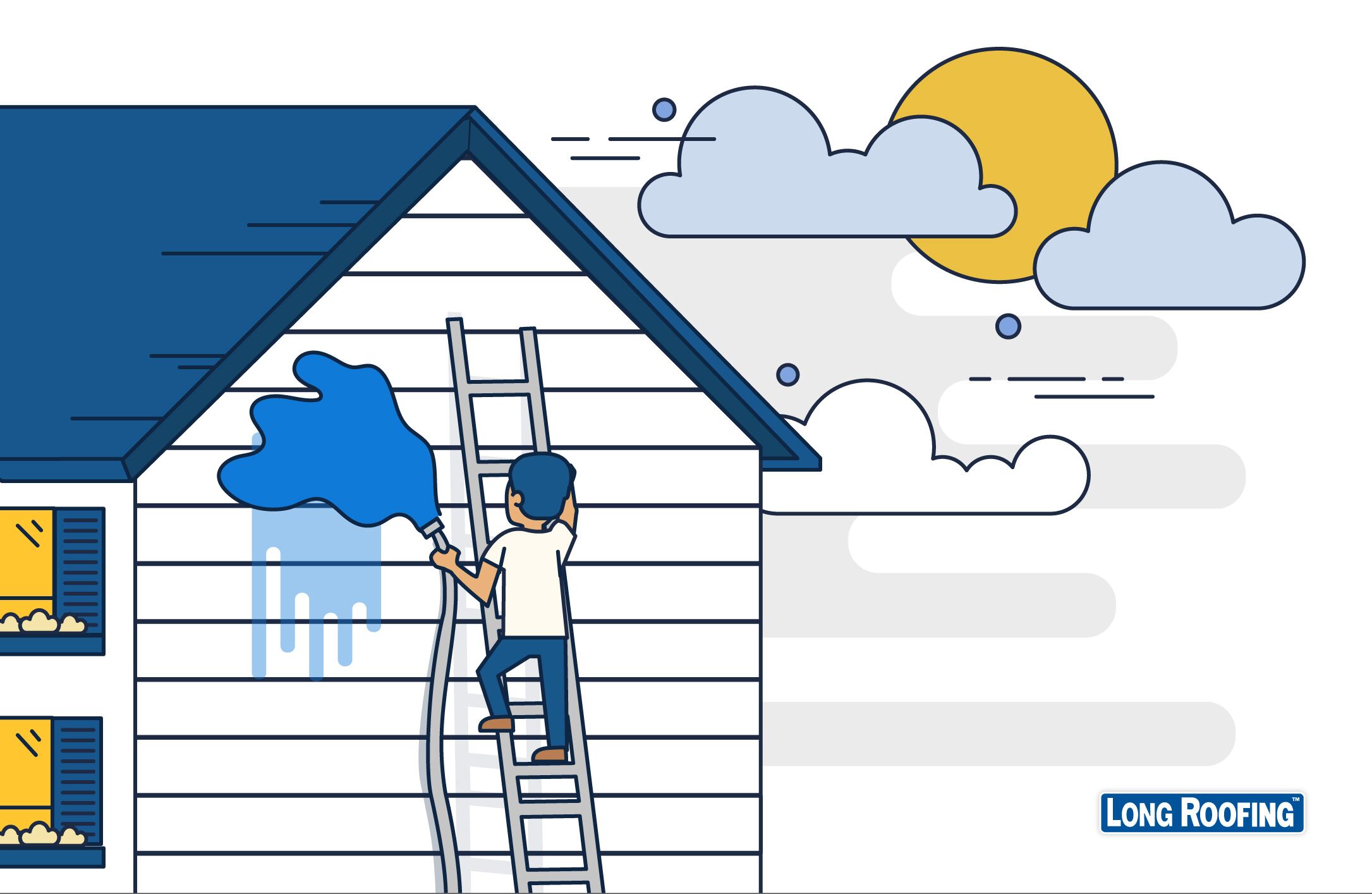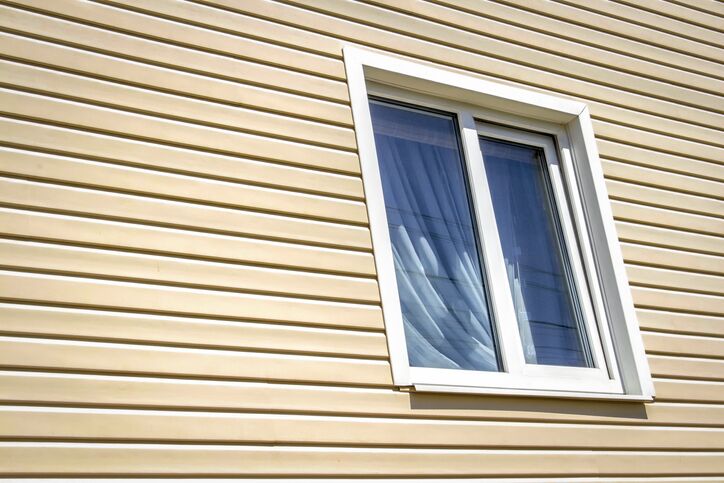How to Clean Siding the DIY Way
Published on Tuesday November 6, 2018
A quick drive down a suburban street will confirm that vinyl siding is popular — and it’s not going away any time soon.
Vinyl siding is the most common exterior cladding in the U.S., according to the Census Bureau, making up 27 percent of the exterior material on single-family homes started in 2015, followed by stucco at 25 percent, and brick or brick veneer at 22 percent.
Vinyl siding is particularly popular in the Mid-Atlantic and New England regions, where 70 percent of the new homes started in 2015 have vinyl siding.
And why wouldn’t vinyl siding be popular? It’s durable, low-maintenance, and all-around attractive.
Although it’s low-maintenance, vinyl siding still needs to be cleaned from time to time. Rain, scorching sunlight, freezing temperatures, hail, ice, and snow all take a toll even on the toughest home exterior. In addition, environmental air factors cause dirt and grime to accumulate, and in humid climates, mold and mildew can develop.
The good news is that vinyl siding is easy to clean. You don’t even have to hire a professional or buy a power washer. It just requires a little time, elbow grease, and cleaning materials — most of which you already have in your home or garage.
With these simple tips on how to clean siding, your home’s exterior will look like new again in no time.
Signs you need to clean your siding

As a general rule of thumb, vinyl siding should be washed every year. Things like dirt, grime, pollen, spider webs, and in particular, mold and mildew, can dull the appearance of your siding and lead to bigger problems down the road.
A few tips before you get started
- Choose a cloudy or overcast day so the sun doesn’t dry spots too quickly and unevenly.
- Close all doors and windows to avoid getting water sprayed inside the house.
- Remove any outdoor furniture or toys from the work area.
- Cover your landscaping with tarps to prevent cleaning products from damaging them.
- Cover or turn off any outdoor electrical units or lights with plastic or tape.
- Be safe: Wear long-sleeved shirts and pants, rubber gloves, closed-toed shoes, safety goggles, and a face mask to protect your skin from chemical cleaners such as bleach or trisodium phosphate (TSP).
- Gather all your supplies: a garden hose with a spray nozzle, soft bristle brush, extension pole (if needed), large bucket, detergent, bleach, vinegar, and some old, clean rags.
Techniques for the best clean
A lot of tips for how to clean siding come down to having the right tools. You can remove a lot of your vinyl siding’s dirt and grime just by hosing it down with a garden hose and a spray nozzle set to medium.
Use a wide spray pattern to avoid damage, and keep the spray moving at all times. Start your spray at the bottom and work your way up, then reverse and go from the top back down. Use a cloth or a bristle brush to scrub any stubborn dirt.
For more stubborn dirt and grime, you can use a mild detergent or one of the cleaning solutions suggested below and a soft bristle brush.
Apply the detergent or cleaning solution from the bottom and work your way up. Allow the cleaning solution to sit on the siding for 10 minutes before rinsing, starting from the bottom up and then from the top down.
Remember to keep the nozzle moving and rinse away any soapy water before it dries and leaves a residue.
A few homemade recipes
Sometimes, you need something a bit tougher to really get that tough gunk and grime off your vinyl siding. If you want to avoid calling a professional, buying a power washer, or even using a harsh chemical cleaner that can damage your siding. Here are a few solutions:
- General cleaning solution: The Today’s Homeowner with Danny Lipford website offers some valuable tips for how to clean your siding, including this general purpose cleaning solution. In a large bucket, mix 1/3 cup of laundry detergent and 2/3 cup of TSP cleaner found at your local hardware store in one gallon of water. Use a long handled brush or brush with extender to softly scrub vinyl siding with solution. Rinse well.
- Mold and mildew solution: Try this formula and process from the experts over at HouseLogic.com, who also recommend you wear eye protection and protect your plants when using this solution. In a large bucket, mix one part bleach to four parts water. Use a sprayer pump to apply the solution to affected areas and let sit 10 minutes before scrubbing with a soft bristle brush. Rinse well, starting from top to bottom and back up again.
- Natural cleaning solutions: In a large bucket, mix 30 percent vinegar to 70 percent water. Rinse well, starting from top to bottom and back up again. This cleanser has the added benefit of killing most mold and mildew as well, according to DoItYourself.com. “Not only is vinegar safe to use around pets and children, but its grease cutting and acidic properties make it an ideal cleaner.” The DIY site also recommends hydrogen peroxide, “a natural bleach alternative,” as another non-chemical solution that can be mixed with water and used to clean siding.
Turn to Long Siding for your vinyl siding installation or replacement project
Cleaning and maintaining your siding on an annual basis will help extend its lifespan as well as sustain its appearance and the value of your home.
But when it’s time to replace your vinyl siding, contact Long Home Products online. We’re a proud member of the Long Home Products® family of brands, whose reputation for home improvement excellence has made the LONG name synonymous with quality, value, and trust across the East Coast.
Interested in Long Home Products?
See our special offers now.








